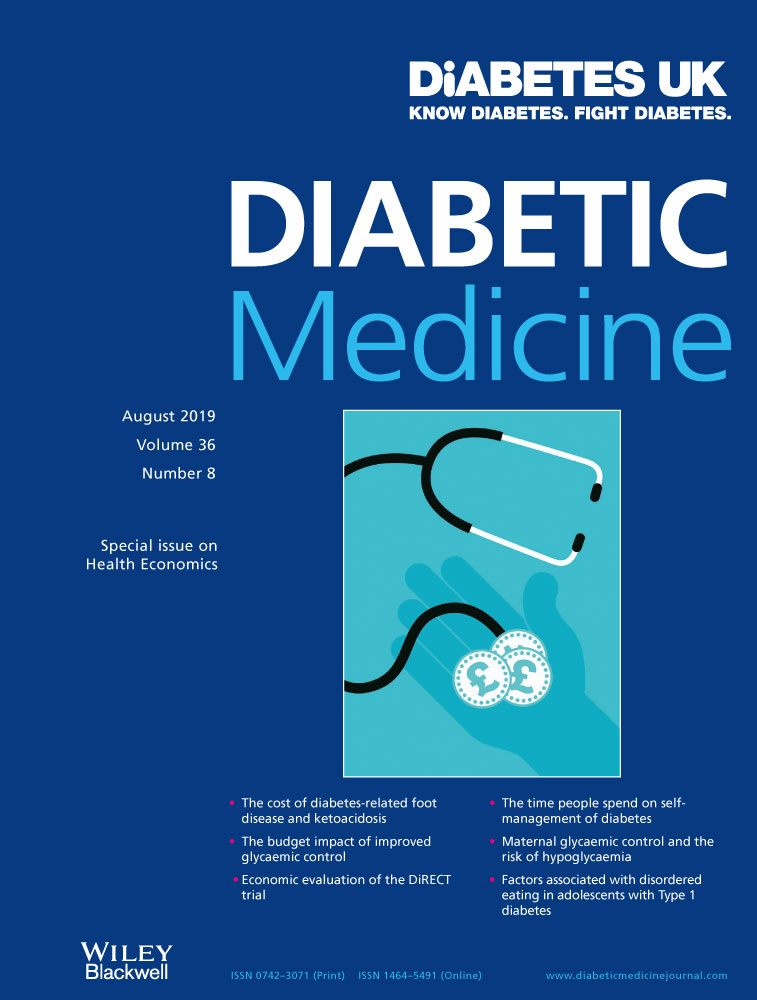The cost of diabetic foot ulcers and amputations to the National Health Service in England
Abstract
Aim
To estimate the healthcare costs of diabetic foot disease in England.
Methods
Patient-level data sets at a national and local level, and evidence from clinical studies, were used to estimate the annual cost of health care for foot ulceration and amputation in people with diabetes in England in 2014–2015.
Results
The cost of health care for ulceration and amputation in diabetes in 2014–2015 is estimated at between £837 million and £962 million; 0.8% to 0.9% of the National Health Service (NHS) budget for England. More than 90% of expenditure was related to ulceration, and 60% was for care in community, outpatient and primary settings. For inpatients, multiple regression analysis suggested that ulceration was associated with a length of stay 8.04 days longer (95% confidence interval 7.65 to 8.42) than that for diabetes admissions without ulceration.
Conclusions
Diabetic foot care accounts for a substantial proportion of healthcare expenditure in England, more than the combined cost of breast, prostate and lung cancers. Much of this expenditure arises through prolonged and severe ulceration. If the NHS were to reduce the prevalence of diabetic foot ulcers in England by one-third, the gross annual saving would be more than £250 million. Diabetic foot ulceration is a large and growing problem globally, and it is likely that there is potential to improve outcomes and reduce expenditure in many countries.




